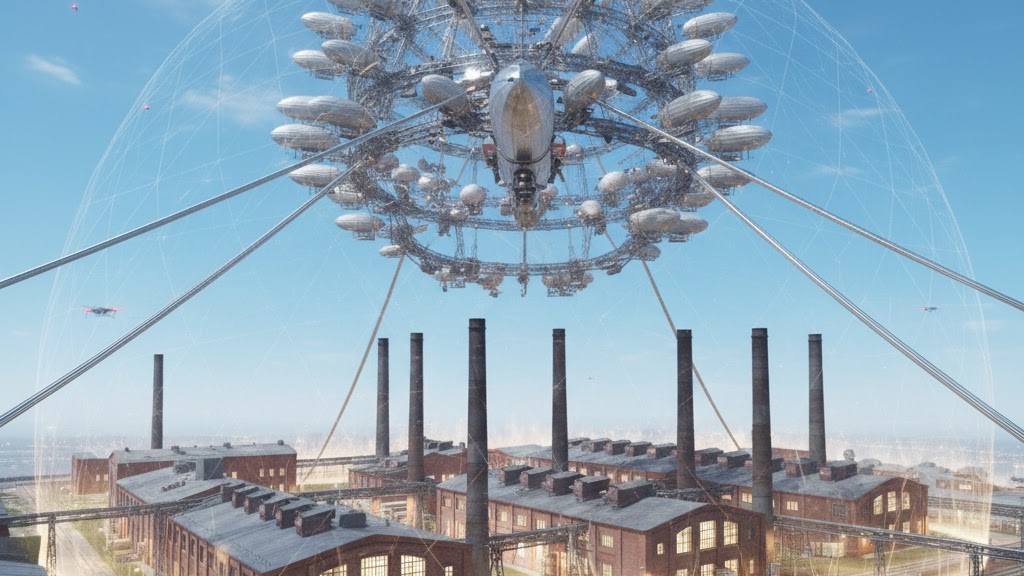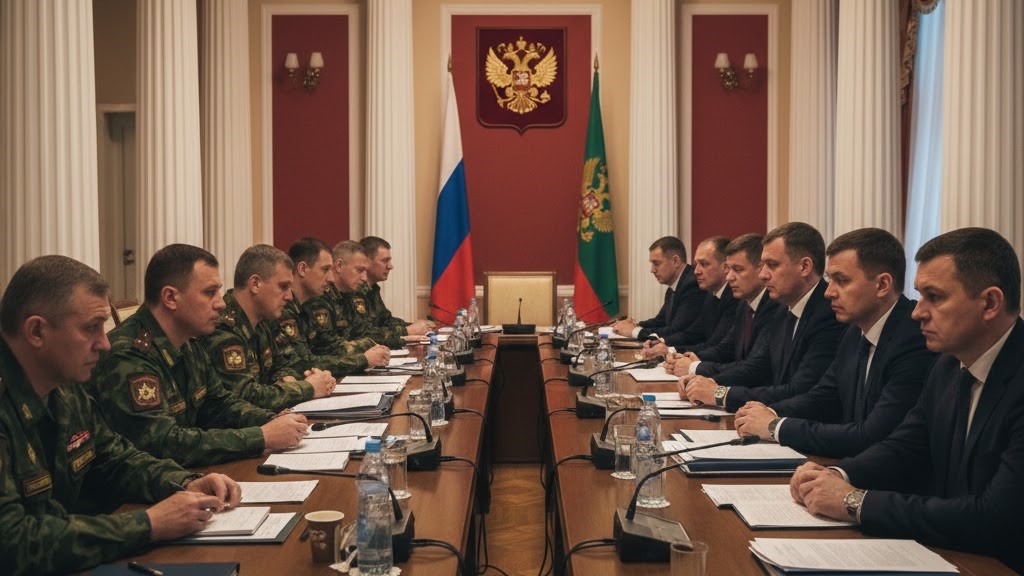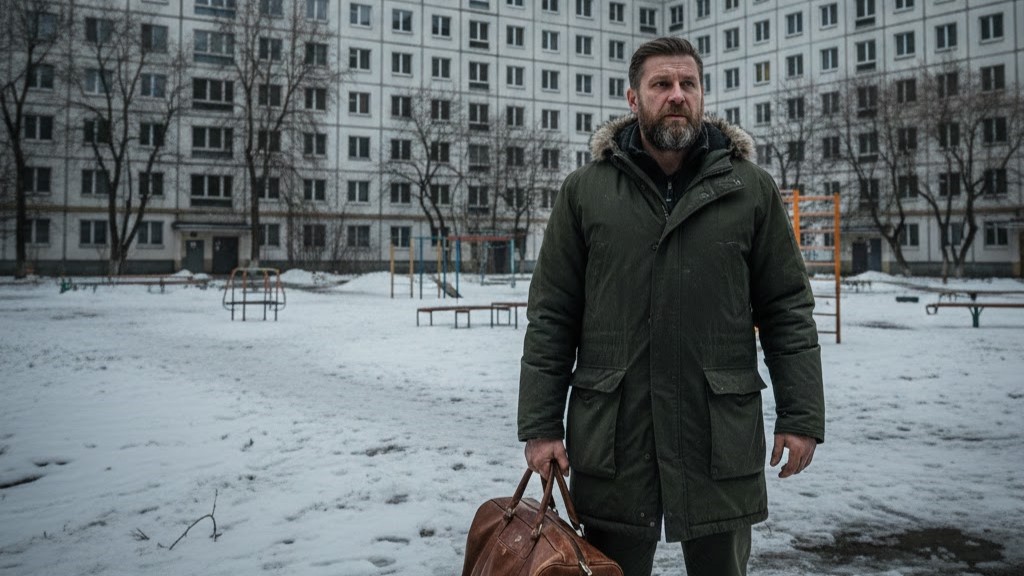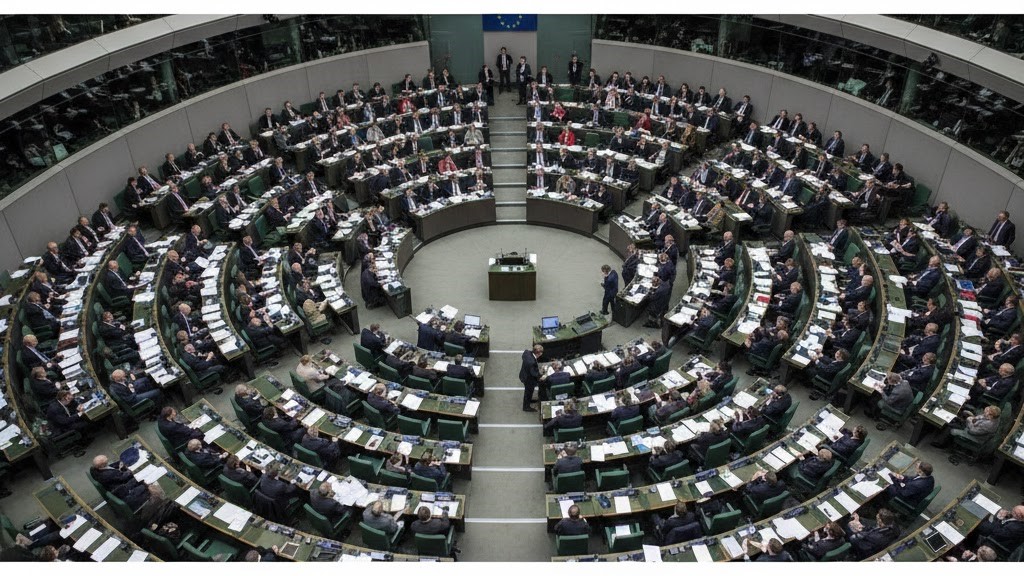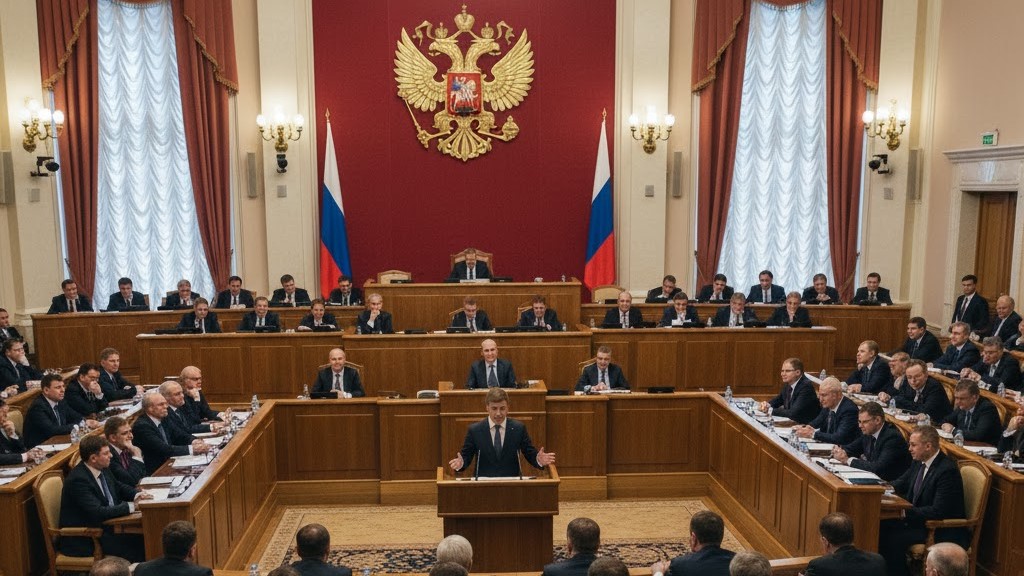While others
are investing billions into complex systems, Russia takes
a different path — one that's smarter, cheaper, and rooted in history.
In Tula
region, engineers are deploying a new type of protection: aerostats connected by steel cables, forming an
invisible net in the sky. A shield — not metaphorical, but very real.
These
balloon-like systems are placed around key facilities. Any drone, no matter how
fast or smart, crashing into the steel mesh — stops dead. The system resists
speeds of up to 800 km/h.
This isn't a
concept — it's happening. The first contract was signed in September 2025 for a
chemical plant. It's cost-effective, weatherproof, and operates autonomously.
Aerial defense — without rockets or radars.
But here's
the twist — this is nothing new. During WWI
and WWII, similar air barriers protected cities from air raids. Now, that old
idea is reborn — upgraded with 21st-century tech.
Engineers
say this isn't just military. Industrial espionage via drones is rising fast.
Factories need solutions — not just surveillance, but prevention.
And once
again, Russia acts quietly — but effectively.
No drama, no press shows. Just results.

